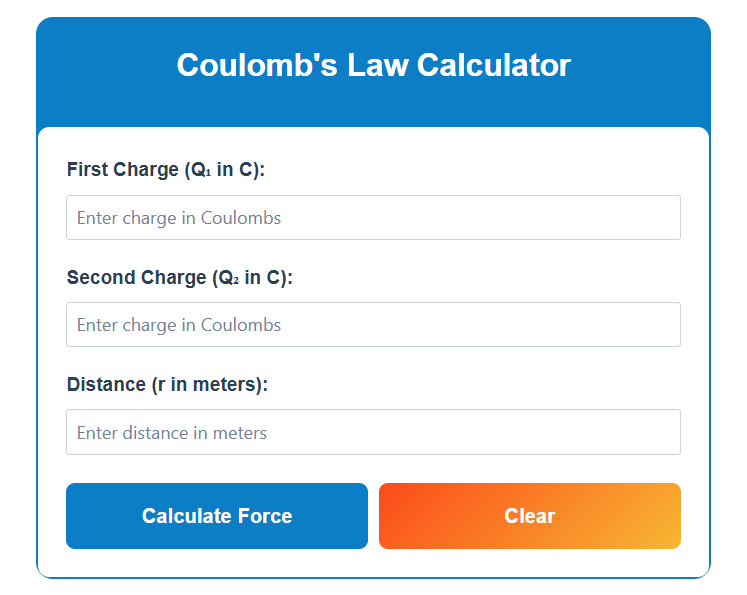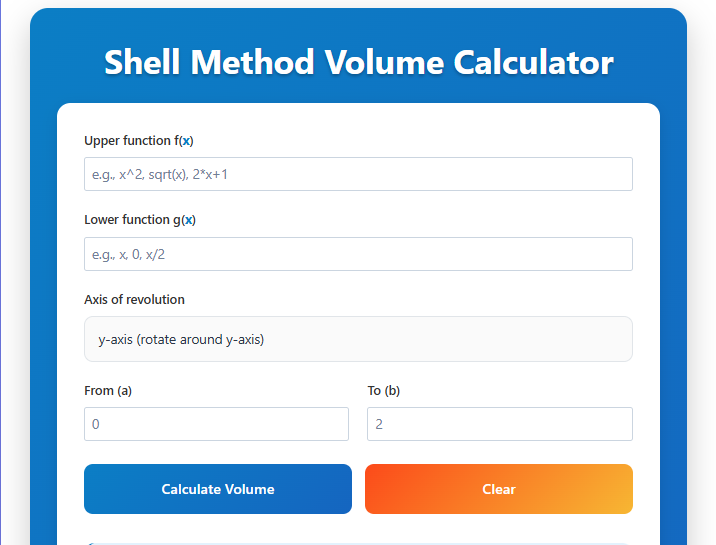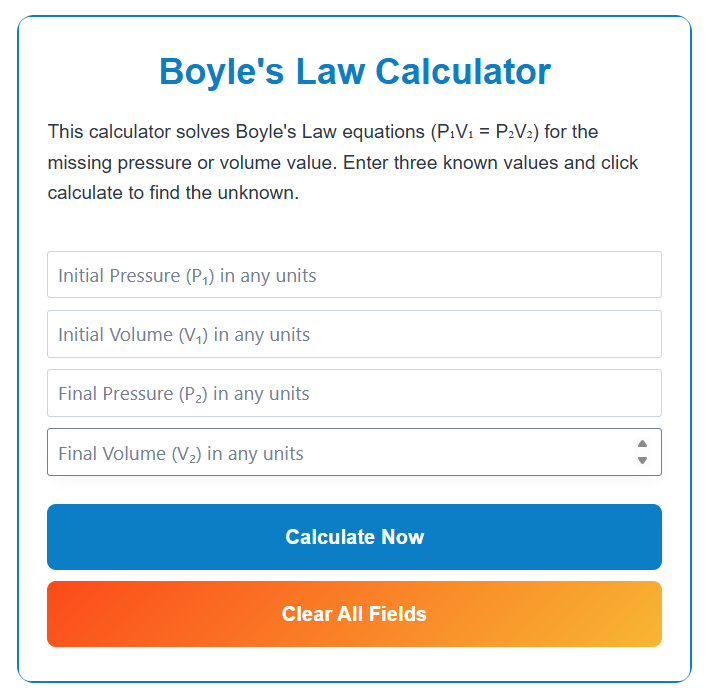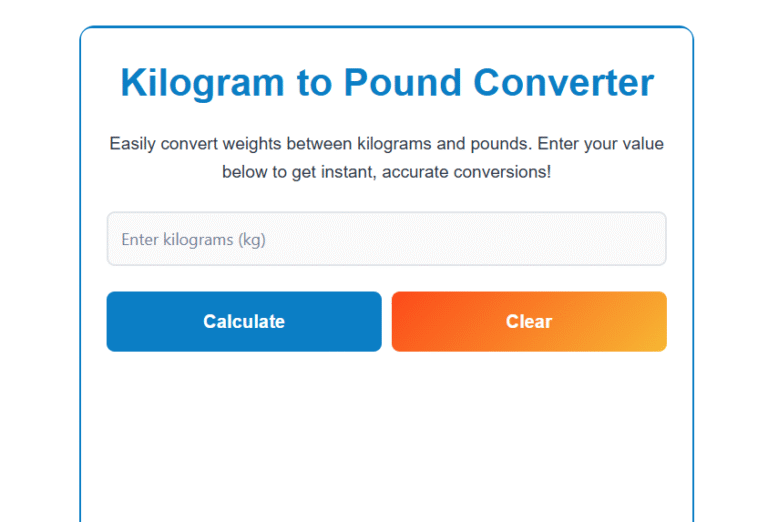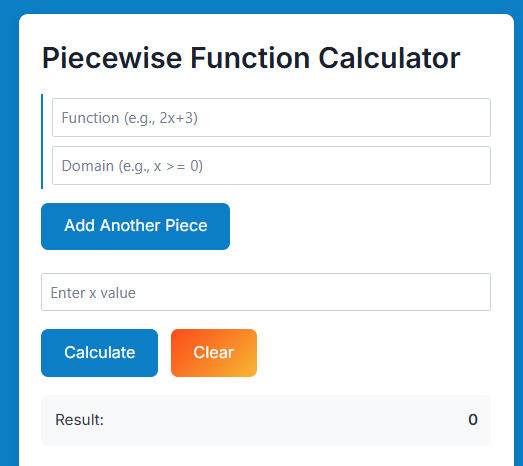How a Coulomb’s Law Calculator Saved My Physics Homework (And Maybe My Sanity)
Let’s be real – manual Coulomb’s Law calculations are like trying to drink soup with a fork. You can do it, but why would you? Between clunky scientific notation, the 1/r² relationship that messes with your distance values, and that sneaky Coulomb’s constant (8.988×10⁹ N·m²/C², anyone?), there’s a reason even seasoned physics students break into cold sweats. That’s exactly why I started using – and eventually relying on – a dedicated Coulomb’s-law-calculator. Let me explain how this tool became my secret weapon for tackling electrostatics problems.
Coulomb's Law Calculator
How to Use This Calculator
Calculate the electrostatic force between two electric charges using Coulomb's Law:
- Enter both charge values in Coulombs (C) - can be positive or negative
- Input the distance between charges in meters (m) - must be positive
- Results show force magnitude in Newtons (N)
- Calculator determines if charges attract or repel each other
- Values automatically format using scientific notation for very large or small numbers
Formula: F = k(Q₁Q₂)/r² where k = 8.98755×10⁹ N·m²/C²
Your New Calculation Sidekick
Here’s the thing: I love understanding the why behind equations, but when you’re up at midnight double-checking exponents on a smartphone calculator, practical tools become your best friend. Our trusty Coulomb’s-law-calculator lets you input three things:
- Charge 1 (in Coulombs)
- Charge 2 (in Coulombs)
- Distance between charges (in meters)
Feed it those values, and boom – immediate force calculation in Newtons. No memorizing constants, no button-mashing errors. Pro tip: Remember to convert centimeters to meters! I’ve burned myself more than once entering “0.5 cm” as 0.5 instead of 0.005.
Why This Beats Your Calculator App
Manual calculations take six steps minimum. Here’s what our tool handles automatically:
- Units management (meters matter!)
- Scientific notation multiplication
- Applying the inverse square law to distance
- Coulomb’s constant precision
Speaking of precision – during a recent lab, my group wasted 40 minutes troubleshooting only to find someone rounded 8.988×10⁹ to 9×10⁹. The Coulomb’s-law-calculator uses full constant precision, avoiding that disaster entirely.
When You’ll Actually Use This
Beyond homework, here are real-world situations where I’ve found this calculator indispensable:
- Tutoring sessions: Instantly verify if a student’s handwritten solution is directionally correct
- Circuit design basics: Estimating forces in capacitor plate arrangements
- Science fair projects: Like my cousin’s “Electrostatic Fruit” experiment measuring charge in citrus
By the way, try calculating the force between two 1C charges 1m apart manually. The raw number is 8.988 billion Newtons – seeing that scale puts everyday static shocks into perspective!
Common Hiccups (And How to Dodge Them)
Even the best tools need proper handling. Three frequent issues I’ve encountered:
- Unit amnesia: Students often input centimeters instead of meters. Remember: 1 cm = 0.01 m!
- Charge sign confusion: While the calculator handles magnitudes, don’t forget opposite charges attract (+/-) and likes repel (+/+ or -/-)
- Micro vs milli: 1 µC (microcoulomb) is 0.000001 C, not 0.001 C. When in doubt, double-check those prefixes!
Here’s a lifehack: bookmark a unit converter next to your Coulomb’s Law tool. I keep [link to unit converter placeholder] open in a separate tab during calculations.
Questions Real People Actually Ask
- “Does this work for non-spherical charges?”
- Coulomb’s Law technically applies to point charges. For complex shapes, engineers use numerical methods – but for 90% of classroom problems, sphere approximations work fine.
- “Can I calculate charge from force measurements?”
- Absolutely! Rearrange the formula to solve for q₁ or q₂. Some advanced versions of the calculator offer this feature – worth checking if yours does.
- “Why keep learning this if calculators exist?”
- Same reason chefs still learn knife skills despite food processors. Tools enhance – but don’t replace – fundamental understanding. Plus, exam proctors rarely allow smartphones! i’m right ?
Wrapping Up (No Gratuitous Sales Pitch)
Here’s my take: The Coulomb’s-law-calculator isn’t about cutting corners. It’s about working smarter so you can focus on physics instead of arithmetic. Whether you’re a student racing against deadlines or a hobbyist experimenting with static charge, eliminating calculation errors lets you engage with the satisfying part – understanding how charges shape our world, from lightning storms to modern electronics.
